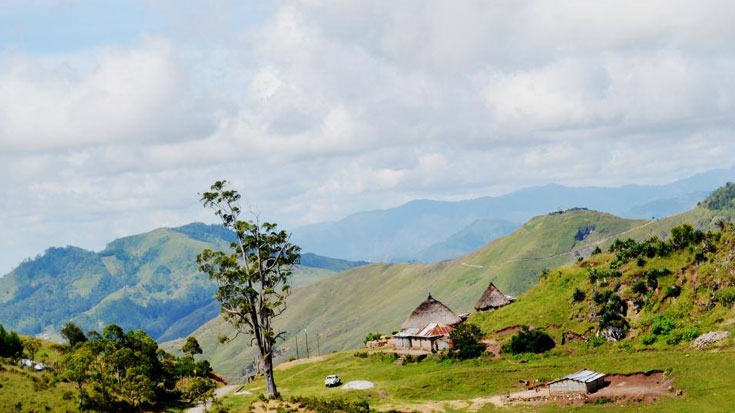Dili, TIMOR-LESTE – The beautiful landscape of Timor-Leste is rich in many, unique cultures. For many local communities, there is a profound sense of cultural identity.
Tourism development is one way of helping preserve these treasures while also diversifying the economy, and bringing employment and rural development to some of the poorest parts of the country.
The road to promote cultural heritage for development
About 70 percent of the country’s population of one million people live in rural areas, often with limited access to transportation and a lack of communication infrastructure. Despite this, there remains a strong connection between communities, the environment, history and cultural traditions.
Timorese people share a common set of beliefs and values linked to a sense of belonging to a certain place, and Uma Lulik (sacred house).
“I am proud to be Timorese. We are rich in culture. Our natural landscapes are amazingly beautiful. We have a very strong belief in our natural power, and in the ancient souls that connect us from generation to generation. We know each other through a blood line, through our rituals and events. Ours is one of the most unique cultures”, said Amali Soares, a teacher in Laulauara, Aileu District, when describing his cultural heritage.


